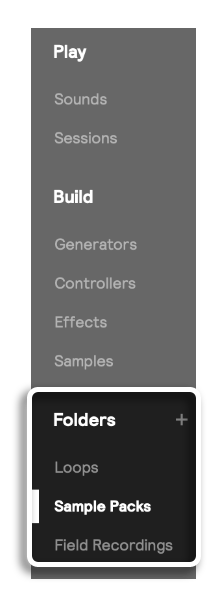The Library
The Library includes three sections: Play, Build, and Folders. You can collapse and uncollapse the library with the keyboard shortcut: ⌘ + Shift + L. It's where you can drag & drop sets, layers, generators, controllers, effects, and samples into your session.

From the library, you can:
- drag & drop sets onto the set manager
- drill down into a session by double-clicking it to see the individual sets it contains
- drag & drop generators, controllers, samples, and effects into your working set
- open set lists by selecting them in the Library and select "load session"
Play
This section includes the Core Library sets that come with Sensory Percussion, and will soon include sets from other packs available on our website.
The Core Library contains the six packs included when you install Sensory Percussion for the first time:
Acoustic Drums
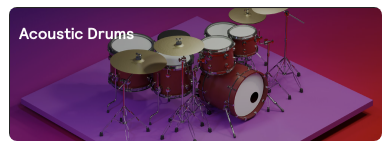
This is a pack that includes sets with very detailed acoustic drum and percussion kits. Snares, toms, hi-hat, congas, dhol, udu, cymbals. Each drum often has a hundred or more samples mapped to it.
Chord Sequences
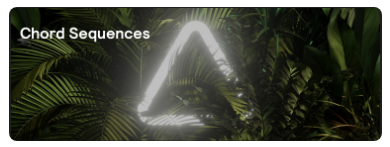
This pack includes sets with velocity-thresholded chord kits, which means that you have to intentionally hit one or more of the drums at a high velocity to trigger a chord sequence. The chord sequence by default is usually controlled by Tom 2 and/or Tom 1.
These sets also include percussive elements (and sometimes melodic elements), but their defining feature is the chord sequence.
Electric Drum Kits

What if E Drums were as responsive as acoustic drums? These Sensory Percussion sets consist of E Drum sounds that are as responsive to your playing as acoustic drums, thanks to a network of timbre and velocity assignments.
Electro Melodic
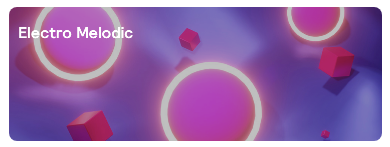
These sets contain at least one melodic element. Sometimes they are entirely melodic, but many also contain percussive elements. The melodic elements are often controlled by Tom 1 and/or Tom 2.
Patterns
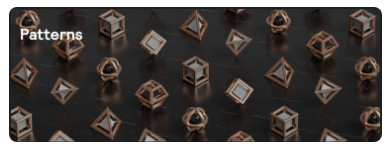
Sequences inside sequences inside sequences. These sets showcase the power sequencer module, and Tom 1 and/or Tom 2 has a sequence that is unlocked by repeatedly striking the zone/s with the embedded pattern.
Worldly Sounds
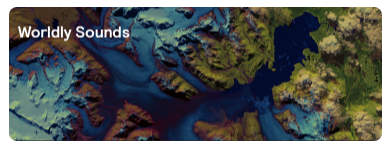
This pack contains sets primarily made of sounds found on planet earth: dirt, sand, ice, you name it. Like the Electric Drum Kits core library pack, these sets are often as responsive to your playing as acoustic drums.
Build
Build includes Generators, Controllers, and Effects. These are the building blocks for creating sets in Sensory Percussion.
Generators make sound or send a message and cannot contain other modules besides effects. They are the atomic elements of Sensory Percussion: samplers, synths (coming soon), Mic Input, and MIDI modules (coming soon).
Controllers are modules which help you organize, map and route modules. Unlike Generators, Controllers don’t create sounds by themselves, but they contain generator modules and can even contain other controller modules.
Effects can be dragged and dropped onto Generators and Controllers. When you drag and drop an effect onto a module, the FX panel for that module will automatically open with the effect’s UI visible. Here you can adjust parameters by clicking the buttons and knobs, or add assignments by right clicking.
Samples are audio files that can be dragged and dropped to create samplers, which can in turn be dragged and dropped into controllers. You can click on samples in the library to audition them.
Folders
You can bookmark any folder on your computer in order to drag and drop layers from previously saved sets, as well as drag and drop audio samples that you have saved inside that folder.
